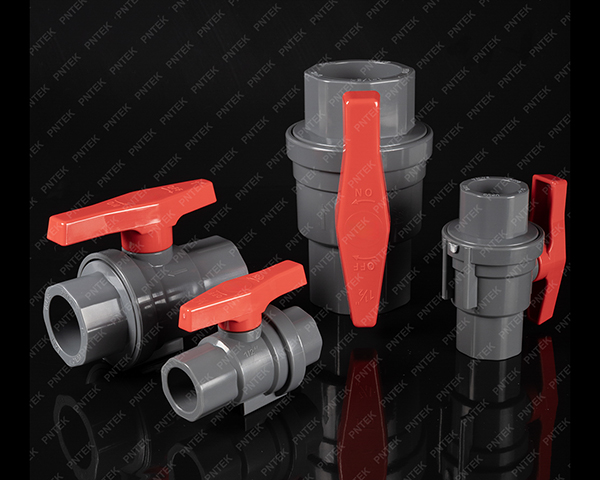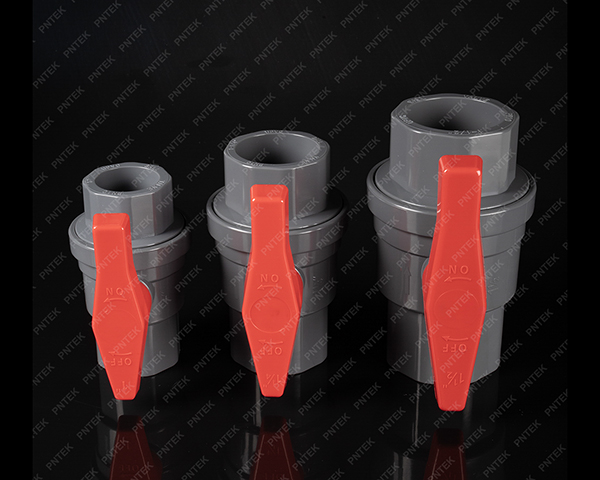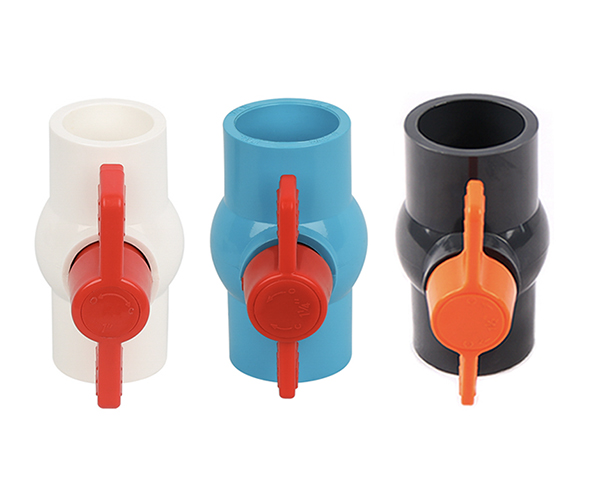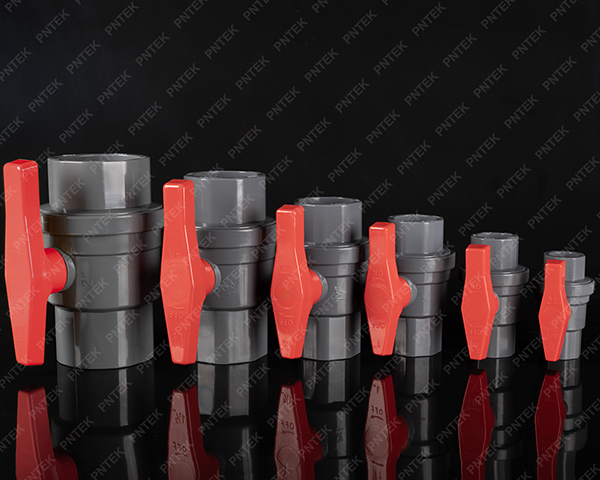You need to buy ball valves, but see “1-piece” and “2-piece” options. Choose the wrong one, and you could face frustrating leaks or have to cut out a valve that could have been repaired.
The main difference is their construction. A 1-piece ball valve has a single, solid body and cannot be taken apart for repairs. A 2-piece ball valve is made of two separate parts, allowing it to be disassembled to fix internal components.

This is a detail I always review with my partners like Budi in Indonesia. For a purchasing manager, understanding this difference is crucial. It directly impacts project cost, long-term maintenance, and customer satisfaction. It may seem like a small detail, but choosing correctly is a simple way to provide massive value to his customers, from small contractors to large industrial clients. This knowledge is key to a win-win partnership.
What is the difference between a 1 piece and 2 piece ball valve?
You’re trying to choose the most cost-effective valve. Without understanding the design differences, you might pick a cheaper valve that will cost you much more in the long run through downtime and replacement labor.
A 1-piece valve is a sealed, disposable unit. A 2-piece valve costs slightly more but is a repairable, long-term asset. The choice depends on balancing initial cost against the need for future maintenance.

To help Budi and his team make the best recommendations, we always use a simple comparison table. This breaks down the practical differences so his customers can see exactly what they are paying for. The “right” choice always depends on the job’s specific needs. For a high-pressure main line, repairability is key. For a temporary irrigation line, a disposable valve might be perfect. Our goal at Pntek is to empower our partners with this knowledge so they can guide their customers effectively. The table below is a tool I often share with Budi to make this clear.
| Feature | 1-Piece Ball Valve | 2-Piece Ball Valve |
|---|---|---|
| Construction | Single solid body | Two pieces joined by threads |
| Cost | Lower | Slightly Higher |
| Repairability | Cannot be repaired, must be replaced | Can be disassembled to replace seals and ball |
| Port Size | Often “Reduced Port” (restricts flow) | Usually “Full Port” (unrestricted flow) |
| Leak Paths | Fewer potential leak points | One extra potential leak point at the body joint |
| Best For | Low-cost, non-critical applications | Industrial use, main lines, where reliability is key |
Understanding this chart is the most important step in choosing correctly.
What’s the difference between a part 1 and part 2 ball valve?
You hear a customer ask for a “part 1″ or “part 2″ valve. Using incorrect terms like this can lead to confusion, ordering mistakes, and supplying the wrong product for a critical job.
“Part 1″ and “Part 2″ are not standard industry terms. The correct names are “one-piece” and “two-piece.” Using the right vocabulary is critical for clear communication and accurate ordering in the supply chain.

I always stress the importance of precise language to Budi and his procurement team. In global trade, clarity is everything. A small misunderstanding in terminology can lead to a container of the wrong product arriving, causing major delays and costs. We call them “one-piece” and “two-piece” because it literally describes how the valve body is constructed. It’s simple and clear. When Budi’s team trains their salespeople, they should emphasize using these correct terms. It achieves two things:
- Prevents Errors: It ensures the purchase orders sent to us at Pntek are accurate, so we ship the exact product they need without any ambiguity.
- Builds Authority: When his salespeople can gently correct a customer (“You are likely looking for a ‘two-piece’ valve, let me explain the benefits…”), they position themselves as experts, building trust and loyalty. Clear communication is not just good practice; it’s a core part of a successful, professional business.
What is a 1 piece ball valve?
You need a simple, low-cost valve for a non-critical application. You see an inexpensive 1-piece valve but worry its low price means it will fail immediately, causing more trouble than it’s worth.
A 1-piece ball valve is constructed from a single molded body. The ball and seals are inserted, and the valve is permanently sealed. It is a reliable, low-cost option for applications where repair is not needed.

Think of the 1-piece ball valve as a workhorse for simple jobs. Its defining feature is its body—it’s a single, solid piece of PVC. This design has two main consequences. First, it has very few potential leak paths, since there are no body seams. This makes it quite reliable for its cost. Second, it is impossible to open up to service the internal parts. If a seal wears out or the ball gets damaged, the entire valve must be cut out and replaced. This is why we call them “disposable” or “throw-away” valves. They also often feature a “reduced port,” meaning the hole in the ball is smaller than the pipe’s diameter, which can slightly restrict flow. They are the perfect choice for:
- Residential irrigation systems.
- Temporary water lines.
- Low-pressure applications.
- Any situation where the cost of replacement labor is less than the higher price of a repairable valve.
What is a two-piece ball valve?
Your project involves a critical pipeline that cannot afford downtime. You need a valve that is not only strong but can also be maintained easily for years to come without shutting down the entire system.
A two-piece ball valve has a body made from two main sections that screw together. This design allows the valve to be taken apart to clean, service, or replace the internal ball and seals.

The two-piece ball valve is the professional’s standard choice for most serious applications. Its body is constructed in two halves. One half has the threading, and the other screws into it, clamping the ball and seals (like the PTFE seats we use at Pntek) tightly in place. The huge advantage is repairability. If a seal eventually wears out after years of service, you don’t need a pipe cutter. You can simply isolate the valve, unscrew the body, replace the inexpensive seal kit, and reassemble it. It’s back in service in minutes. These valves are almost always “full port,” meaning the hole in the ball is the same diameter as the pipe, ensuring zero flow restriction. This makes them ideal for:
- Industrial process lines.
- Main water supply lines for buildings.
- Pump and filter isolation.
- Any system where flow rate is critical and long-term reliability is the top priority.
Conclusion
The choice is simple: 1-piece valves are low-cost and disposable for non-critical jobs. 2-piece valves are repairable, full-flow workhorses for any system where reliability and long-term value matter most.
Post time: Aug-25-2025




